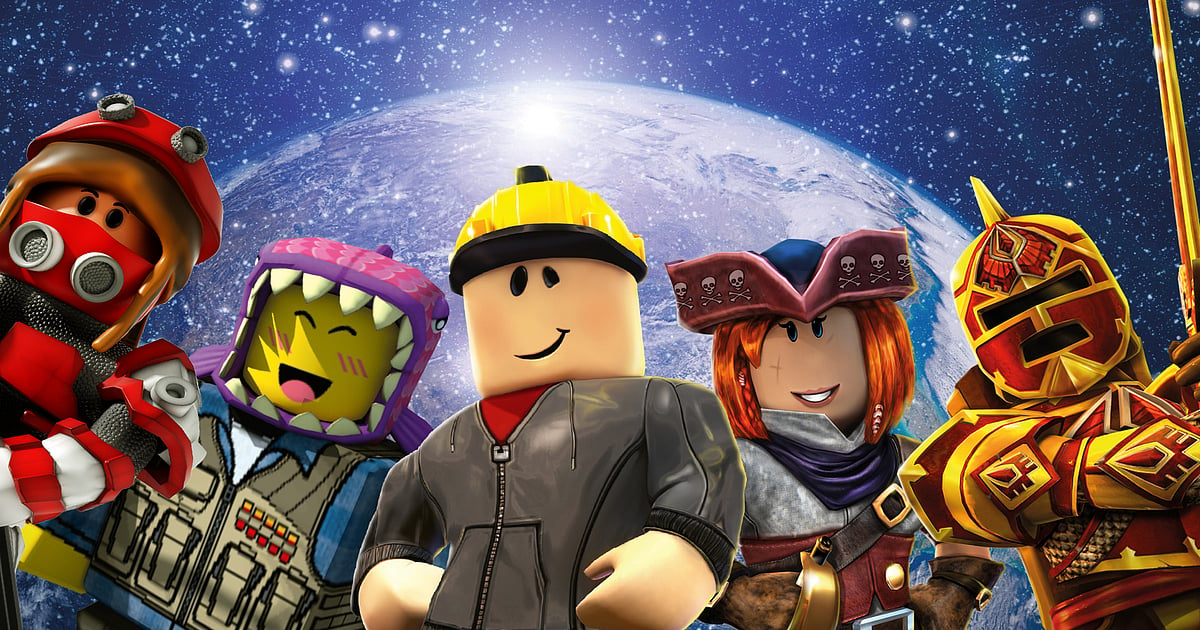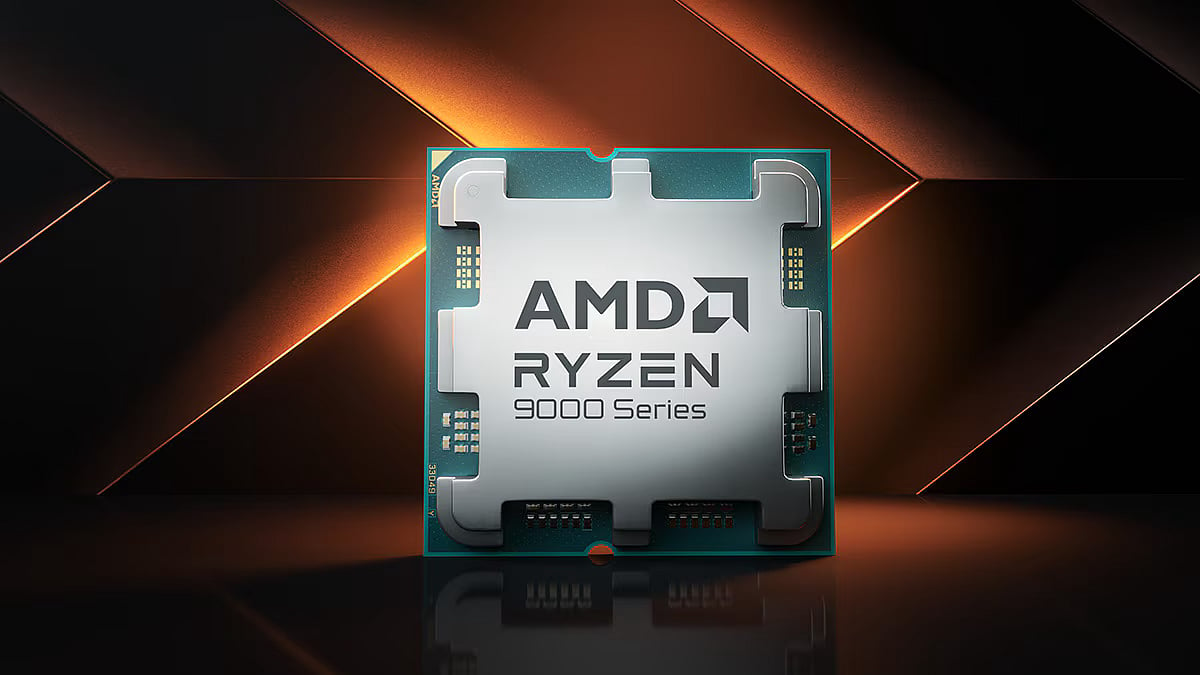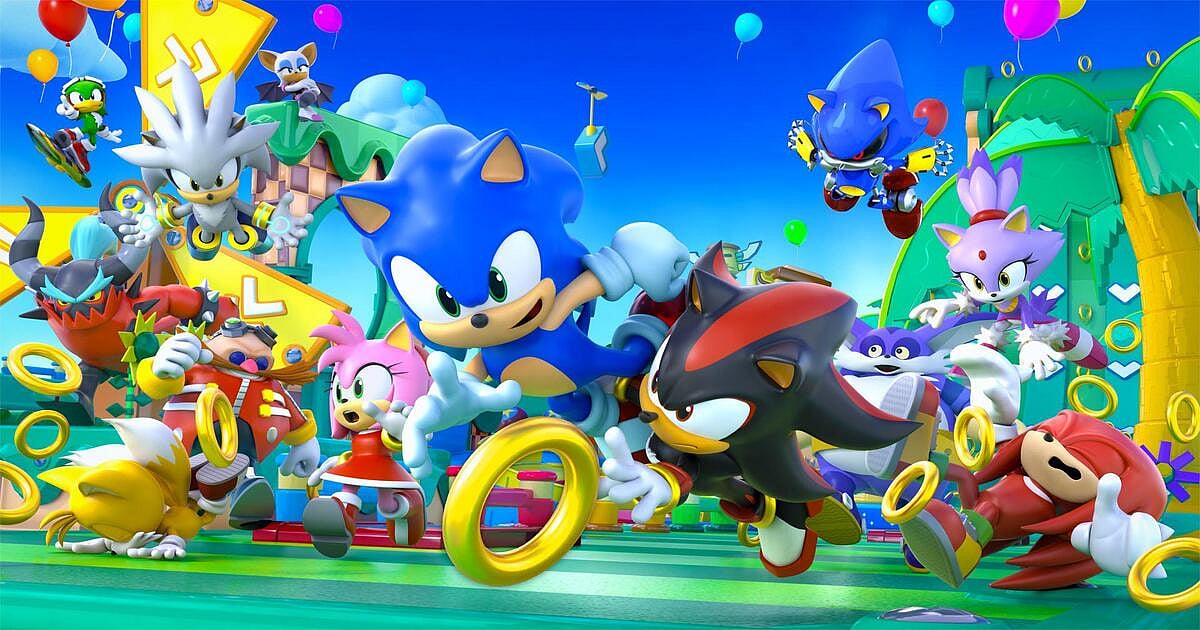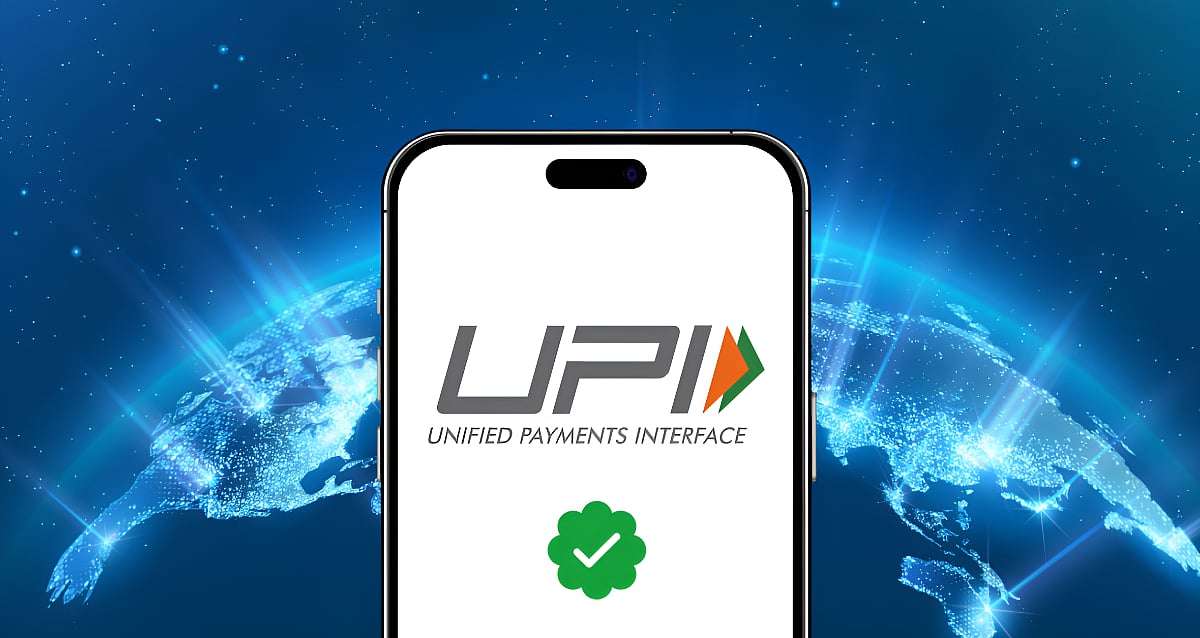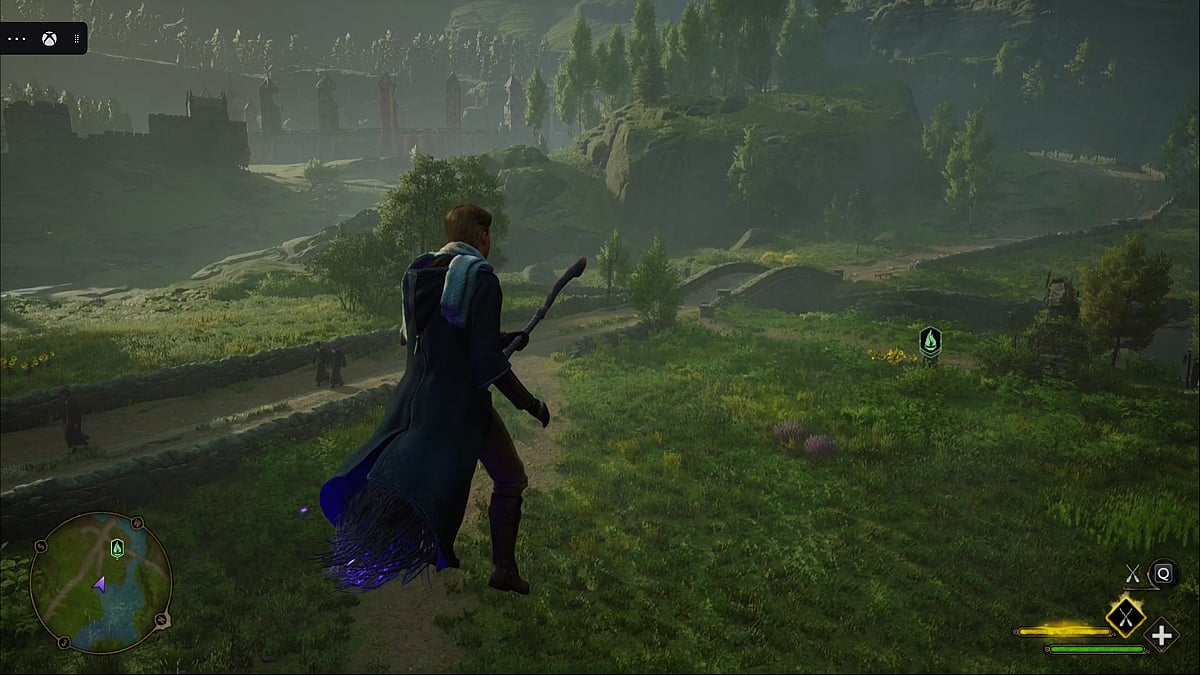
Hogwarts Legacy on Xbox Cloud Gaming
Cloud Gaming Comes Home: What xCloud Means for the Indian Market
Microsoft xCloud’s launch with Indian data centers marks a major milestone toward making cloud gaming practical in the South Asian market.
Highlights
- Microsoft’s launch of Xbox Cloud Gaming servers in India reduces latency and makes cloud gaming a much better experience than ever before.
- Testing Hogwarts Legacy and Fallout 4 on xCloud shows smooth 1080p streaming at 60fps, low input lag, fast load times, and stable connection in India.
- Indian xCloud servers make cloud gaming viable for users with good internet but there are still some underlying issues that make it far from perfect.
Cloud gaming has promised to revolutionize the way we play video games by streaming high-quality titles directly to our devices without the need for expensive hardware. While cloud gaming has been reasonably good in many markets, Indian gamers have felt left out. The lack of local data centers until recently, with the release of Xbox Cloud Gaming (xCloud), meant that Indian gamers were facing high latency and unstable connections.
On Nov. 11, 2025, Microsoft officially launched Xbox Cloud Gaming servers in India, deploying two data centers. With xCloud receiving a positive reception and the impending release of Nvidia’s GeForce Now, the question arises: Is cloud gaming finally viable for Indian gamers?
We put the service to the test by playing a mix of modern and previous-gen games to see how the service fares in India. We also broke down the economics of subscribing to a cloud gaming service versus buying your own PC. While our results reflect a major leap in practical usability for cloud gaming in India, there are still some concerns that require addressing.
Testing Games on Microsoft Cloud Gaming
We chose Hogwarts Legacy and Fallout 4 as our single-player games for the test. Here were our findings:
Latency and Input: We used a 300 Mbps JioFiber connection from West Bengal and got a stable 42-47 ms. Users living closer to the data centers should experience lower latency. This was a huge step up from our prior experience using Xbox Cloud Gaming on international servers. Many gamers might notice the input lag compared to the near-instantaneous actions when running the game natively, but the ping was low enough to have a thoroughly enjoyable experience.
We faced zero stuttering, and the experience was smooth on a fiber connection. However, the experience was a mixed bag on a 5G connection that averages 470 Mbps. There were frequent microstutters, and the connection to the servers broke off completely on one occasion. Our 5G connectivity is not the best locally, and your mileage may vary depending on your network conditions.
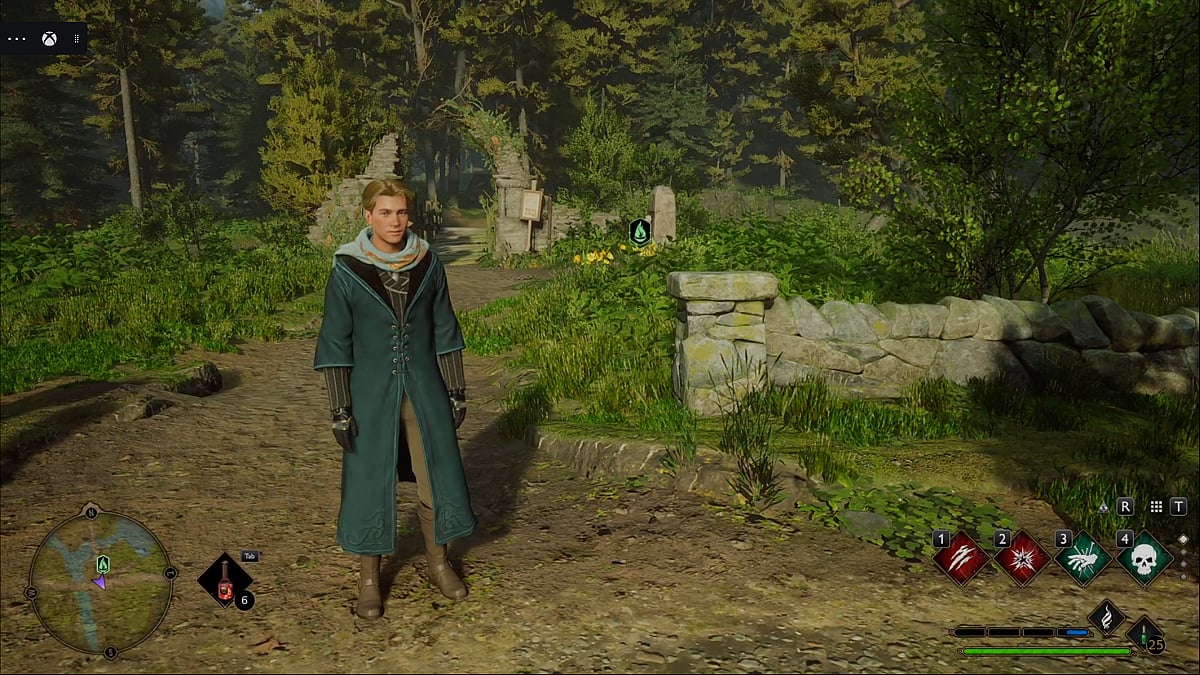
Outlook Respawn
Quality and Performance: The highest resolution we were able to stream at was 1080p. The service does offer 1440p, but it does not seem to be available for Indian users, at least for Hogwarts Legacy and Fallout 4.
There is a noticeable difference in quality between streaming the game and playing it natively on a system running an AMD 5600X3D CPU and Nvidia 3070 at high settings. The textures were simply not on par with what a capable gaming PC can offer. Nvidia’s GeForce Now offers much better quality, but it’s not available in India yet, so you will not get the same low-latency performance that xCloud offers.
There were no frame drops, and the games ran flawlessly when playing on the cloud. Loading times were lower compared to running the game from a traditional hard drive (HDD). Most instances took less than 10 seconds to load in both games.
Controls: The Xbox app shows all the games that have full keyboard and mouse support before you hit Play. We were able to use a mouse and keyboard setup, as well as an Xbox One controller, to try out the games. On mobile, any compatible Bluetooth controller works great. The app instantly detects all compatible input devices, and you can switch between them, and the games change their user interface to show controls from your current input device.
Multiplayer: While the single-player gaming experience was fine, the multiplayer was not. We tried multiple Call of Duty titles and Sea of Thieves, and were not impressed by the experience. While it’s great to be able to play the games on essentially any hardware, if you are used to playing at low latency on your PC, you will notice a spike in latency immediately. Unlike single-player games that need to connect only to Microsoft’s Cloud Gaming servers, you also have to deal with the latency to the official game servers, which makes it a noticeably worse experience as you have to deal with more input lag.
Is Cloud Gaming Finally Viable for Indian Gamers?
xCloud’s Indian server launch addresses the biggest hurdle stopping cloud gaming viable in India, which is latency. The new Indian servers make cloud gaming a realistic option for most casual gamers in the country. The subscription model of Xbox Game Pass Ultimate offers a large library of games that you can enjoy. There are over a 100 titles that you can play on the cloud.
However, viability depends heavily on the user’s internet speed (>20 Mbps recommended), data plan (as streaming can consume several GB of data per hour), and ISP reliability. Gamers in urban centers with fiber connectivity will experience the best results, but rural and slower broadband users may still struggle. Fiber broadband penetration in India is still low, and your experience with cloud gaming will vary depending on your network setup.
Adding competition and choice, Nvidia announced the Indian launch of GeForce Now for November 2025. GeForce Now offers a cloud gaming experience with support for resolutions up to 5K, frame rates up to 120fps, and NVIDIA Reflex technology that lowers latency further. It also has a free tier with limitations that might be worth looking into.
However, unlike xCloud’s curated Game Pass library, GeForce Now streams games gamers already own across PC platforms, like Steam, Epic Games, and Ubisoft Connect, which is a double-edged sword. While you have access to a larger library of games, you also need to own the games in the first place. You can take your pick depending on your gaming preferences and what games you want to play on the cloud.
Feature | Xbox xCloud | Nvidia GeForce Now |
Server Locations | Central & South India | Launching India Nov 2025 |
Resolution Support | 1080p | Up to 5K |
Frame Rate | 60fps | Up to 120fps |
Latency | ~40ms ping with Indian servers | Sub-30ms latency with NVIDIA Reflex |
Keyboard & Mouse Support | Yes | Yes |
Game Library | Xbox Game Pass Ultimate catalog | Own games on Steam, Epic, Ubisoft, etc. |
Device Support | Android, iOS, PC, Xbox consoles | PC, Mac, Steam Deck, LG TVs, handhelds |
There are also several Indian cloud gaming service providers, like OnePlay and GameAway, which are significantly more expensive than Xbox Cloud Gaming. They also require you to own games in the first place and install them via your Steam account to play them remotely. There are some services like JioGamesCloud that are affordable and come with games as part of the subscription. However, they offer too few games to make them worth considering.
Is Cloud Gaming The Future?
Microsoft xCloud’s launch with Indian data centers marks a major milestone toward making cloud gaming viable for Indian audiences. The significantly lowered latency and improved service stability make streaming your favorite games a much better experience than ever before.
With Nvidia’s GeForce Now debuting soon in India, offering even higher resolutions and lower latency, Indian gamers stand to benefit from more choice. For most Indian gamers with decent internet connectivity, cloud gaming is no longer a futuristic concept but a viable and exciting way to access top-tier gaming libraries without costly hardware.
For many, paying around INR 500–850 (~$6–10) a month feels far more attainable than spending INR 65,000 ($734) or more on a gaming laptop or desktop. It also saves costs on upgrades and maintenance, making it a strong option for casual or budget-conscious gamers.
However, the flip side is that cloud gaming locks players into a subscription ecosystem controlled by large service providers. Prices can spike without warning, and a notable example is Microsoft’s recent Xbox Game Pass price hikes. Buying a PC or laptop is a heavy expense upfront, but it grants you ownership.
Games you buy through stores like Steam remain available indefinitely, even offline. In contrast, cloud services can remove titles from their library or restrict regions, which can leave you powerless. Over time, monthly fees can quietly surpass the cost of a solid mid-range rig, making cloud gaming feel like paying rent for something you will never truly own.
If you have good connectivity, cloud gaming is absolutely worth checking out. However, if you don’t have proper 5G or fiber connectivity, traditional gaming setups might still be your best bet.

Author
Abhimannu Das is a web journalist at Outlook India with a focus on Indian pop culture, gaming, and esports. He has over 10 years of journalistic experience and over 3,500 articles that include industry deep dives, interviews, and SEO content. He has worked on a myriad of games and their ecosystems, including Valorant, Overwatch, and Apex Legends.
Abhimannu Das is a web journalist at Outlook India with a focus on Indian pop culture, gaming, and esports. He has over 10 years of journalistic experience and over 3,500 articles that include industry deep dives, interviews, and SEO content. He has worked on a myriad of games and their ecosystems, including Valorant, Overwatch, and Apex Legends.
Related Articles
